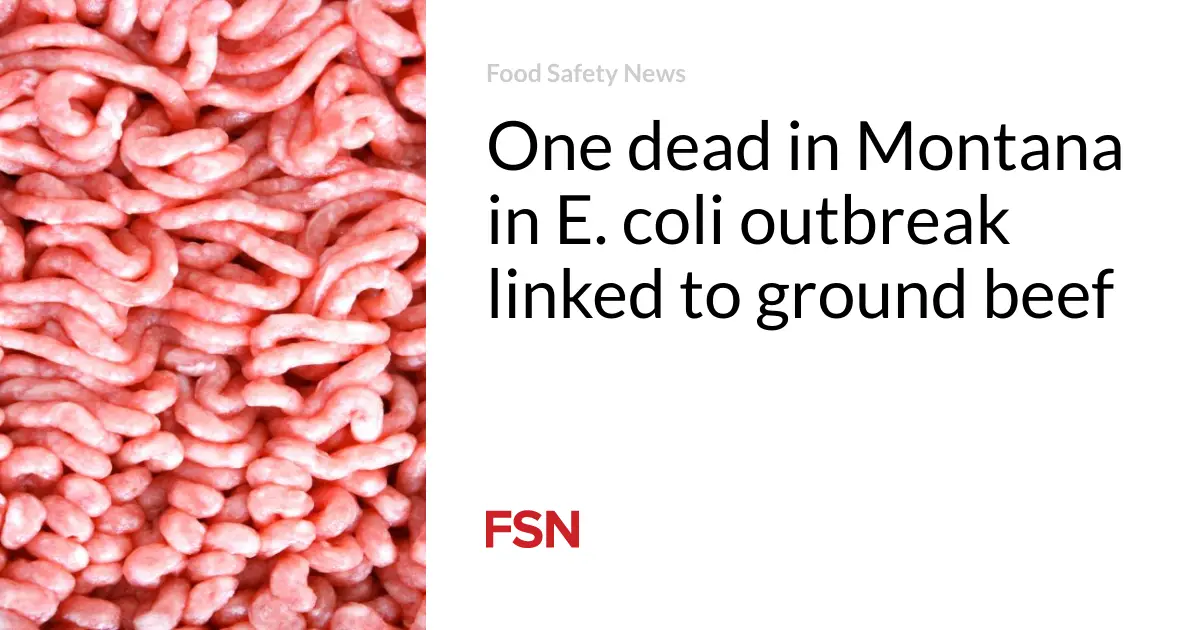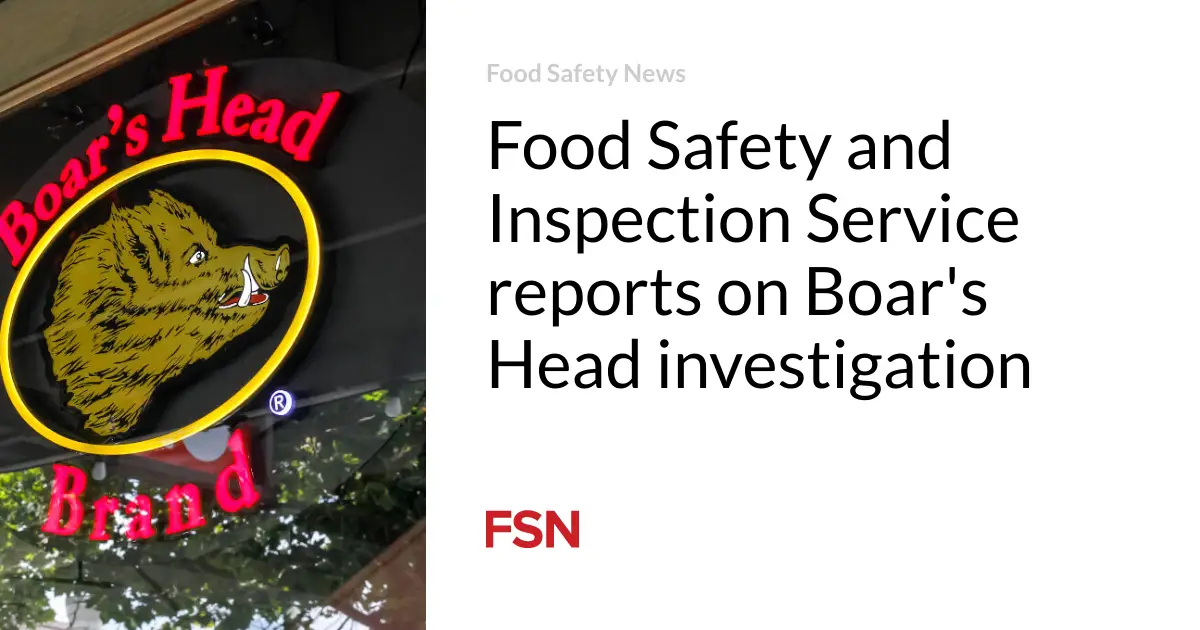
A deadly outbreak of E. coli O157:H7 infections is under investigation in Montana.
At least 13 people have been sickened and one has died, according to the Flathead City-County Health Department. The last known date of consumption of ground beef implicated in the outbreak was July 14.
The officials investigating the outbreak have determined that the ground beef identified as the potential source of the outbreak was sold directly to several restaurants from a distributor. The product was not available for purchase by consumers in grocery store settings. Public health staff worked directly with all affected facilities to remove any remaining product.
The health department has not reported what restaurants received the implicated ground beef.
“We send our condolences to all family and friends that have been affected by this death,” said Jennifer Rankosky, Health Officer of the Flathead City-County Health Department. “Our staff continue to work diligently through this investigation and were able to identify a suspect source early to mitigate risks and prevent others from getting sick.”
Most of the patients in the outbreak are experiencing severe symptoms.
The Montana Department of Public Health and Human Services and other local health departments, are assisting with the outbreak investigation.
Bill Marler, a Seattle food safety attorney who represented victims and their families during the 1993 E. coli outbreak traced to undercooked hamburgers sold by Jack in the Box restaurants, said: “It is sad to see and E. coli outbreak at all, but sadder to see one linked to ground beef. Ground beef E. coli outbreaks have been rare in the last few decades because of the work by USDA and the industry to clean up the meat supply.”
About E. coli infections
Anyone who has developed symptoms of E. coli infection should seek medical attention and tell their doctor about their possible exposure to the bacteria. Specific tests are required to diagnose the infections, which can mimic other illnesses.
The symptoms of E. coli infections vary for each person but often include severe stomach cramps and diarrhea, which is often bloody. Some patients may also have a fever. Most patients recover within five to seven days. Others can develop severe or life-threatening symptoms and complications, according to the Centers for Disease Control and Prevention (CDC).
About 5 to 10 percent of those diagnosed with E. coli infections develop a potentially life-threatening kidney failure complication, known as a hemolytic uremic syndrome (HUS). Symptoms of HUS include fever, abdominal pain, feeling very tired, decreased frequency of urination, small unexplained bruises or bleeding, and pallor.
Many people with HUS recover within a few weeks, but some suffer permanent injuries or death. This condition can occur among people of any age but is most common in children younger than five years old because of their immature immune systems, older adults because of deteriorating immune systems, and people with compromised immune systems such as cancer patients.
People who experience HUS symptoms should immediately seek emergency medical care. People with HUS will likely be hospitalized because the condition can cause other serious and ongoing problems such as hypertension, chronic kidney disease, brain damage, and neurologic problems.






